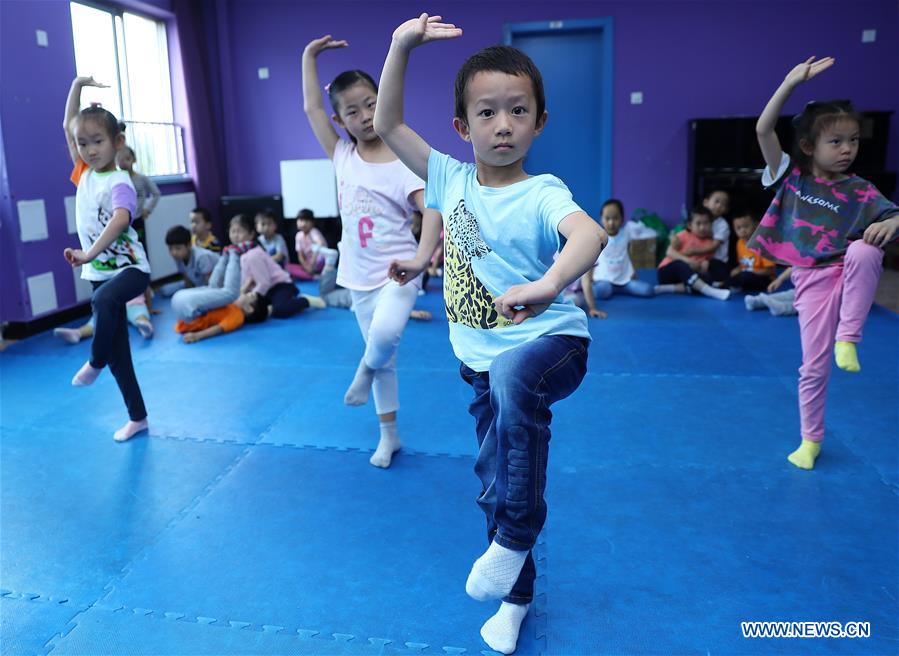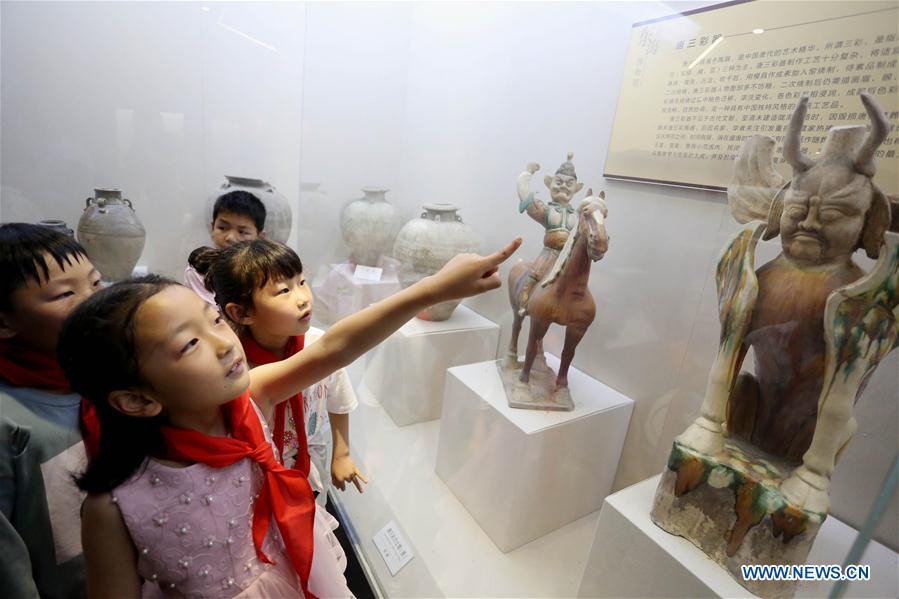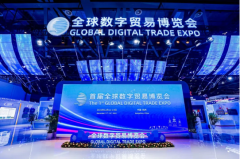2020/12/16 11:16 LIFESTYLE
Books That Are Catching the World's Eye
Chinese publishing company's early disappointments have shown that audience awareness is key to finding new markets
Guo Guang still remembers the frustration he felt at the London in 2007, the year his company, China Youth Publishing Group, established a subsidiary in the United Kingdom.
He had arranged a meeting with the United States publisher Gingko Press to discuss the potential sale of the foreign rights to a book on Chinese design. At the appointed hour, he stood next to his contact at Gingko Press' stand and waited for 40 minutes.
"I then realized that my contact had just agreed to the meeting with me to be polite. He didn't schedule an actual slot in his diary to see me, because he didn't think Western readers would be interested in books from Chinese publishers like us," recalls Guo, general manager of CYP International, the UK subsidiary of China Youth Publishing Group.
"I was in despair. That was a real wake-up call for me. I realized that our journey to become a truly respected and influential publisher internationally would be very long."
Today, Guo is much more joyful and optimistic.
After 11 years of hard work, CYP International has published 400 books in English in the UK. During this year's London Book Fair, it reached another milestone by signing a strategic partnership with the British publisher Bloomsbury to select, translate and publish Chinese books in the UK.
CYP International's UK operations started generating a net profit in 2009, and its books have been sold through many high-end platforms, including London's Victoria and Albert Museum and the British Museum.
The same director at Gingko Press all those years ago has since become a good friend of Guo's, and over the years, Gingko has handled the US sales of many CYP International books.
Looking back, Guo says one ingredient for success is providing Western readers with localized content, instead of blindly translating books from their Chinese originals.
One such example is CYP International's The Great Chinese Gardens: History, Concepts, Techniques, a book full of philosophical wisdom on Chinese gardens and their connections to the country's history, culture and traditions.
"The Chinese original had dense text and heavy academic references. We initially translated the content into English and showed a sample English version to Western publishers and distributors, but the feedback showed a lack of interest."
Guo then made a decision. "I realized that the only way to make it appealing to Western readers was to cut out the chunky text and highlight the beautiful pictures."
The editing did the trick. The resulting product, a 260-page hardback book with 300 pictures of Chinese gardens, conveyed the message more effectively than words. The book shows the splendor of China's finest gardens, while explaining the ideas and techniques behind them in simple terms. The book found many readers among Western gardeners, architects and designers, and is published in five languages.
The Great Chinese Gardens is a prime example of the type of books that CYP International publishes in the UK. Other examples include books on Chinese tea, Chinese paintings, Chinese scenery, popular tourism spots and calligraphy.
But having good content does not in itself guarantee profit.
Guo, a book lover at heart, is also a smart businessman. To maximize revenue and minimize costs, he made sure that CYP International only printed books after receiving bulk orders from overseas publishers and distributors at book fairs. "This gives sales security (and) reduces chances of order returns, and the fact we dispatch books hot off the press means we save on warehousing costs," he says.
CYP International's UK team is kept at a minimum of around five permanent staff members. It also maintains a network of around 10 experts who advise on its work from a strategic perspective. Among those on this advisory panel is Bloomsbury Publishing's Executive Director Richard Charkin, who is also former president of the International Publishers Association.
Friendly collaboration built between Guo's and Charkin's teams has brought about the two publishers' extensive collaboration. The newly launched partnership, called China Global Publishing, will see CYP International and Bloomsbury jointly selecting, translating and publishing around 100 Chinese books in English.
"China Global Publishing is the first step to reward Chinese writers with income, readership, and opportunities from the UK market," says Charkin. "It also brings fascinating content to British readers."
Meanwhile, International maintains a bigger team in Beijing, in charge of selecting, translating and designing the draft copies of books it hopes to put into international markets. Printing is also done in China, where costs are lower.
Having minimized costs, CYP International is not afraid of charging hefty prices for its books. For example, The Great Chinese Gardens: History, Concepts, Techniques retails at 锟
Explore further
| Classes Enlighten Students wi | China set for consumption reb |
| Modern agriculture gaining gr | China's major airport constru |
| APEC Economic Leaders' Meetin | Online Canton Fair bolsters d |









